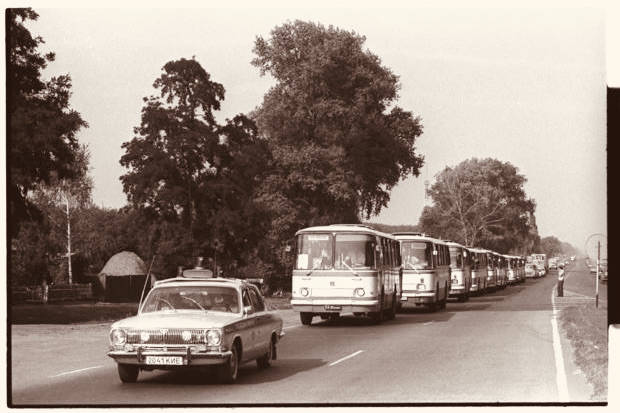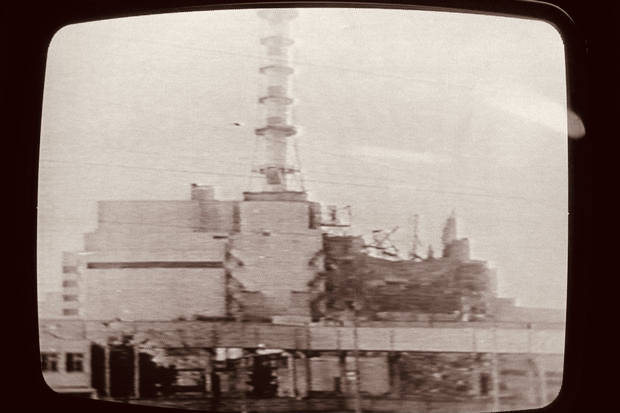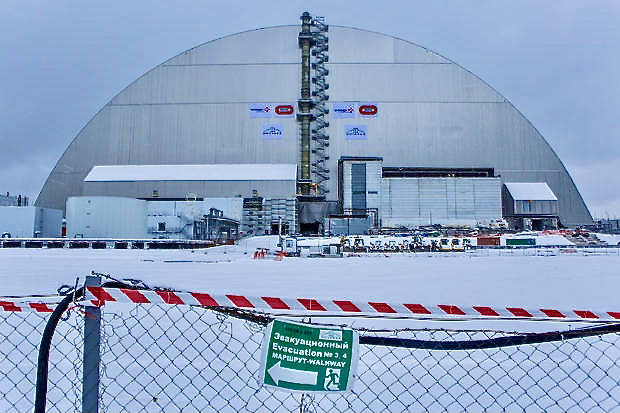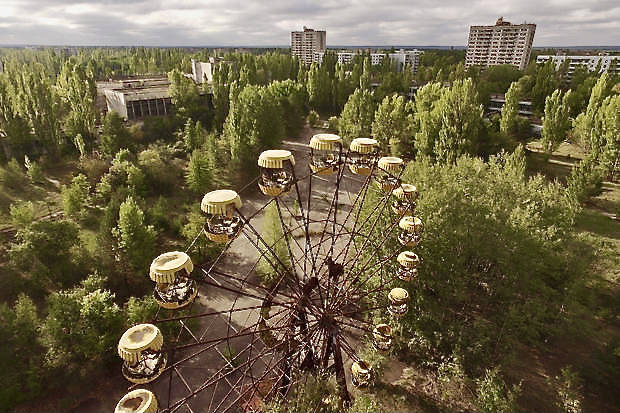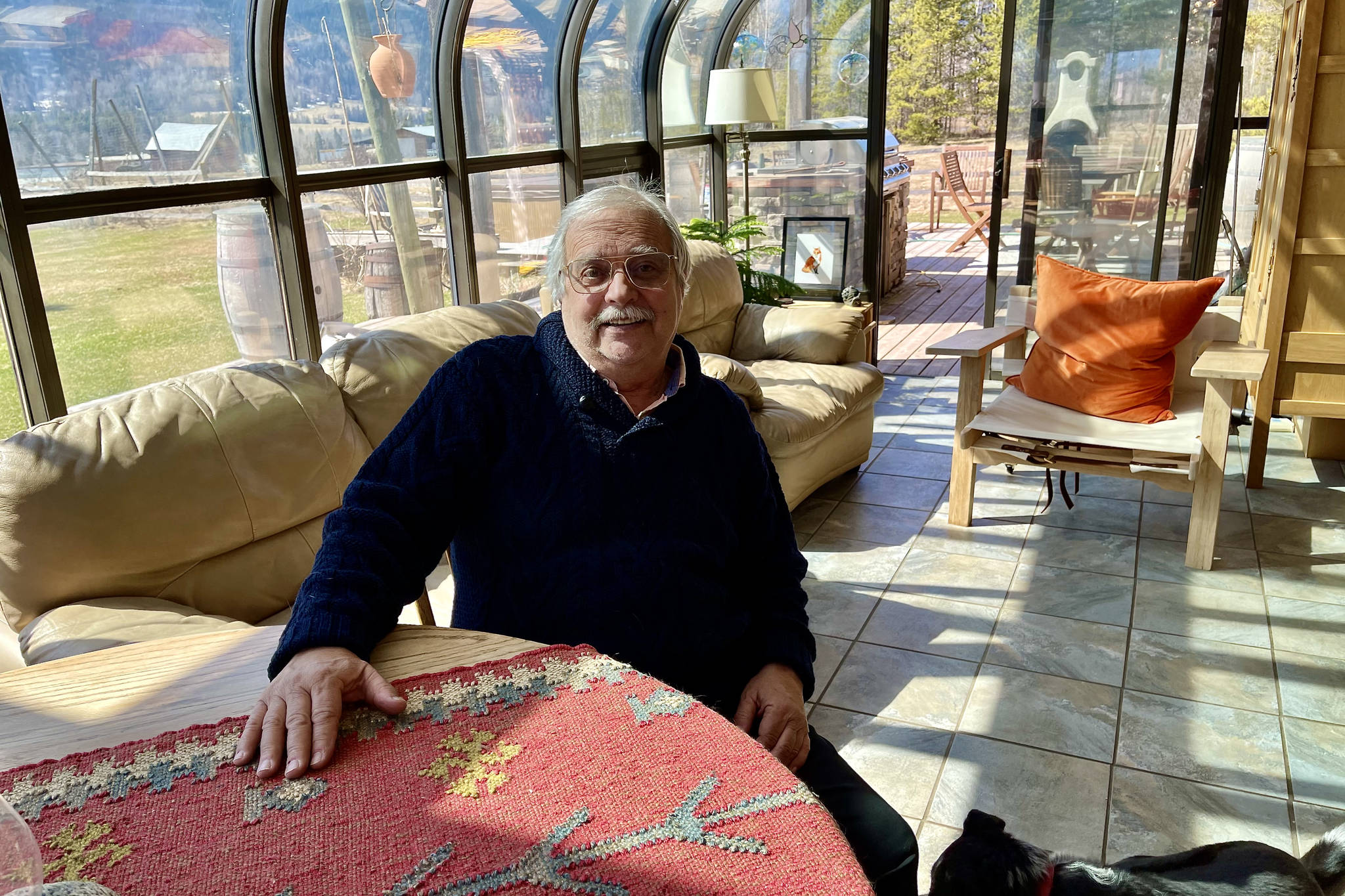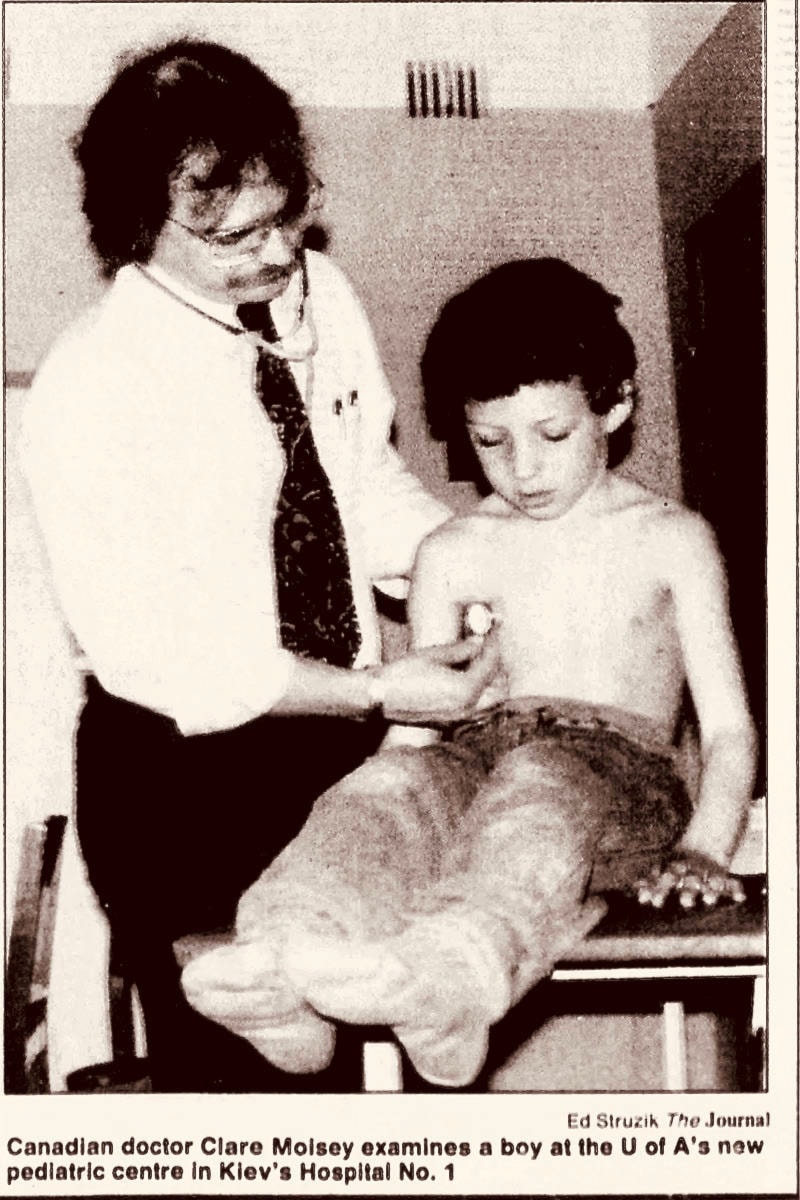When the world heard of the Chernobyl disaster, a nuclear accident that occurred on April 26, 1986, at the No. 4 reactor in the Chernobyl Nuclear Power Plant 10 kilometres from the city of Pripyat in the north Ukraine, it was a one of the scariest and dangerous moments in history.
The reactor exploded twice, and with the cooling rods melting down, what to do in such a large-scale disaster was not clear. The Russians were typically not talking.
It is considered the worst nuclear disaster in history both in terms of cost and casualties, and is one of only two nuclear energy accidents rated at seven—the maximum severity—on the International Nuclear Event Scale, the other being the 2011 Fukushima Daiichi nuclear disaster in Japan.
In Smithers, life went on as usual. Pediatrician Dr. Clare Moisey had a busy practice, a young family of seven boys and a Ukrainian heritage that made him aware of what was happening with the disaster, without knowing how it was going to change his own life.
Fast forward four years, and Moisey would be joining a Canadian team of four other medical specialists, travelling 15 hours and multiple time zones to Kiev, Ukraine to help what would become known as the Children of Chernobyl project.
It was sponsored by Greenpeace and the team was to study and determine the medical needs of children suffering from the Chernobyl accident. Other specialists from around Canada and Europe eventually joined the group.
“Some of the kids are developing little growths in their thyroids,” said Moisey at the time.
The preliminary study involved 100 children living in contaminated areas of eastern Russia with radioactive fallout.
To help assess the situation, the Russian government and the Ukrainian Health Ministry invited the team to travel to the area and study children in villages around Kiev.
“I went on a very unsettling and very unofficial tour that included Chernobyl itself,” Moisey said. “I went through the number 1 reactor, they let us walk around in Pripyat, which was deserted and bizarre. Pripyat was a city built for the workers and families of Chernobyl. Busses came after the explosion and people got up and left what they were doing, eating, reading, school, whatever they were doing and thought they were coming back in a few days. They never came back,”
The Minister of Health made the decision to evacuate Pripyat as a result of rising ambient radiation levels off-site. A 10-kilometre radius exclusion zone was created 36 hours after the accident. About 49,000 people were evacuated from the area, primarily from Pripyat. The exclusion zone was later increased to 30 kilometres radius when a further 68,000 people were evacuated from the wider area.
There were many unsettling times Moisey described. He and teammates had to deal with old and dilapidated buildings and little, broken or no equipment, requiring emergency shipments of everything from basic medicine to equipment from Canada.
There were the not so subtle things to put up with Moisey found, like the constant presence of KGB agents, formally the Komitet Gosudarstvennoy Bezopasnosti (Committee for State Security, in the former USSR).
“They watched us 24/7, but we got used to it,” he said.
If they needed things locally, sometimes they had to deal with the Ministry of Health or it could be the Russian Mob that could get what they needed. Moisey said you had to be flexible but on your toes all the time.
He also figures being the only one on the team to speak Ukrainian helped, although he laughs and said it was the 100-year-old version his great grandparents spoke when they immigrated to Canada.
When it came to the children, they were eventually able to remodel an old hospital, in Kiev, to treat them in.
“I still have a suspicion that the children they were sending us had been pre-selected, as they were not that sick,” Moisey reflected.
“I would detour to the outlying area of the so-called exclusion zone, where hundreds of mostly elderly people were beginning to illegally resettle, saying they would rather die of radiation poisoning than spend their last years rotting in the concrete towers in Kiev they were relocated to. It was upsetting.”
Over time the group formed the Children of Chernobyl pediatric hospital in Kiev. Greenpeace eventually dropped out as the sponsor, Russia splintered into a commonwealth of independent states, and the Canadian government stepped in with two projects.
The first was an educational service to develop a western-style pediatric hospital in Kiev called Pediatric Hospital Number 1, where Canadian specialists visited regularly to give seminars and Moisey was the coordinator.
“We teach Ukrainian doctors how western physicians would deal with problems,” he explained.
“It will be the doctors in Kiev that learn to deal with the challenges, and if I influenced the decisions of just one Ukrainian doctor, then it will all have been worth it.”
The second project, Moisey also oversaw, was to develop treatment programs for the children of Chernobyl.
After multiple trips, over several years, Moisey began to see the effects of radiation in the children such as leukemia, thyroid cancer, and other radiogenic cancers, but other more hidden problems that were related to the stress and trauma of the nuclear explosions began to present, which Moisey said they needed to find a way to treat.
“There were so many issues to deal with, it was an enormous task, but we found a way. We did it without a lot of fancy tests or equipment, we taught the doctors there to rely on their knowledge, investigate problems and get back to the roots of medicine.
“They still don’t have a lot of money for medical treatment programs and are up against things like people eating radiated food to this day. When it rains, it is radiation rain. Everything around the area still has the effects of radiation and the doctors have to deal with that.”
“I’m proud of the work we did, but there were problems that we could not anticipate, and problems that continue to this day, but the hospitals are there, the research goes on.”
It’s been 35 years since the accident and Moisey’s involvement ended in the early 2000s, yet his interest remains keen.
“I still hear from people, and watch the research and know what’s happening. It’s not good,” he said, looking both sad and resigned.
“Many of the effects continue as the people moved back to contaminated areas and the governments don’t have the money to keep up with reducing radiation monitoring or protection, it was never going to be a quick solve. This disaster will continue to have horrible impacts on people and the environment for generations.
“We did have an impact though, and I am satisfied with that.”
Although he travelled back and forth from Smithers to Kiev, he still managed to raise his seven boys with wife Jean, and continue with his busy practice. He was chief of staff at the Smithers Hospital for several years, helped bring Telehealth technology to the Bulkley Valley and was a constant advocate for the state of children’s health care in the North.
Sitting at his dining room table, on a sunny Sunday afternoon, with a beautiful view of Hudson Bay Mountain, the elephant in the room was how all those years in the radiation zone had affected his own health.
“Ah, yes, that,” he said smiling. “It has taken its toll over time.”
Especially in his own thyroid gland, endocrine and immune systems.
“But I’m here,” he says with his usual good humour.
“I work on my farm. I see my family and grandchildren when I can. I have good friends and I love this valley. It’s the only place I want to be.”
He is modest about his accomplishments. On a world stage he was well-known, but here in the valley he is happy to be “just Clare.”
